Last of the Ziegfeld Follies Girls
by Rochelle Hines
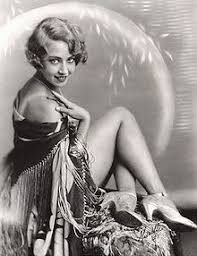
Still Alive and Kicking at Age 102
By Rochelle Hines / Fri Sep 1, 2006 / ca.news.com
![]()
NORMAN, Okla. (AP) - Frank Sinatra croons in the background as Doris Eaton Travis
and her partner glide across the floor, her silver shoes sparkling in the light that
bounces from the dance studio's mirrors.
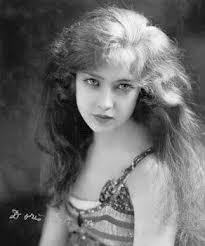
A funky Latin beat takes over and the dancers slide seamlessly into a cha-cha.
After more than 90 years as a hoofer, dancing comes easy to Travis who was a chorus girl
in the Ziegfeld Follies that enchanted Broadway from 1907 into the 1930s.

"I'm the last of the Ziegfeld Follies girls now," she says. "It's an honour in a way.
I certainly didn't think that would happen."
She is 102, with a few wrinkles and white curly hair that frames her blue eyes. She
credits her longevity to her ongoing love affair with dancing and other lifestyle
choices - "I didn't drink or smoke. I didn't abuse myself physically," she says.

Not only has Travis survived physically and mentally, but professionally as well,
with annual appearances on Broadway, a small role in a Jim Carrey movie and her recent
memoir, The Days We Danced: The Story of My Theatrical Family From Florenz Ziegfeld to
Arthur Murray and Beyond.
Interest in the 5-foot-2 centenarian has grown since a 1997 reunion with four other
Ziegfeld Follies girls for the reopening of the New Amsterdam Theater in New York City,
where she'd danced about 80 years earlier.
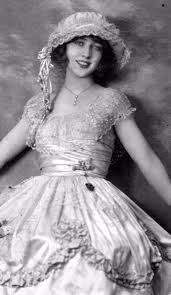
"I was the only one who could still dance," she says, chuckling.
That led to her annual involvement in the Broadway Cares/Actors Equity Fights
AIDS benefit, where she caught the eye of Carrey and director Milos Forman,
who were making the movie Man on the Moon, about the life of comedian Andy Kaufman.
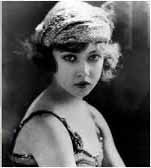
"I played this woman who was supposed to be an actress who was no longer popular.
I had to ride a stick horse and faint and then get resuscitated," Travis says, laughing
as she does a fake gallop.
A year later, Travis found her latest dance partner through an ad for a personal chef.
Bill George eventually took on more responsibilities over the years, serving also as
chauffeur, social co-ordinator, companion and friend.
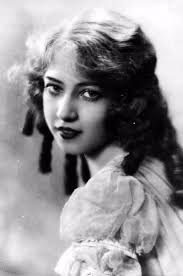
"It's really odd because day-to-day you forget she's a celebrity," says George, 48.
"When she steps onto that stage to a sold-out house and people are on their feet
screaming and applauding, then you realize it. That's when it's breathtaking. She's
an American treasure."
Travis was born March 14, 1904, one of seven children to newspaper linotype operator
Charles Eaton and his wife, Mary, in Norfolk, Va.
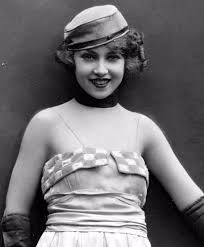
"All of the family developed dancing or some form of talent," Travis says of her
artistically inclined clan.
Some of the children, who became known as The Eatons of Broadway, got their first
break when a stock company production of Blue Bird appeared in Washington, D.C., in
1911. Travis and her sisters, Pearl and Mary, had only small roles, but it led to
steady work in other local plays and lead roles when Blue Bird returned to Washington
three years later.
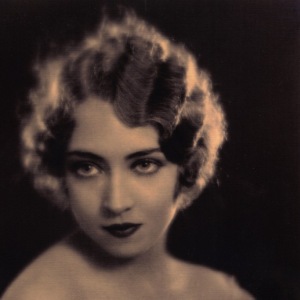
But their lives drastically changed when the play - and the family - went on the road.
That split the family, with the mother, three daughters and youngest son, Charlie, going
to New York and the father remaining in Washington with the other three children.
By then, the Ziegfeld Follies had become an entertainment staple. Inspired by the Folies
Bergeres in Paris, Ziegfeld Follies was part Broadway show, part vaudeville, featuring
top entertainers such as W.C. Fields, Eddie Cantor, Fanny Brice and Will Rogers. Juicing
up the show were beautiful female dancers who performed elaborate chorus numbers composed
by Irving Berlin and who wore costumes by Art Deco designer and illustrator Erte.

Pearl Eaton nabbed a part in the chorus of the Ziegfeld Follies of 1918, and Travis
became the youngest Ziegfeld Follies girl when she was hired at age 14 (she lied to
producers and said she was 16). She became a principal dancer in 1920. Travis recalls
Ziegfeld as a "very nice and very pleasant" man who became a good friend to her family.
She acted in several silent movies, including At the Stage Door in 192, and Tell Your
Children in 1922. But she never really got into film. "I think I enjoyed musical theatre
much more than the movies," she says.
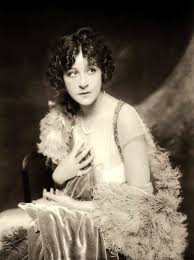
The Stock Market crash of 1929 ushered in the Depression and an end to many theatres.
Travis continued to do stock company productions and even appeared in the chorus line
of the movie Whoopee with Cantor, but by the mid-1930s, work was hard to find.
"Show business is up and down, even without a depression," Travis says. "I was really
quite desperate and dancing was the only thing I knew."
At a friend's suggestion, she applied for a job as a tap dance instructor at the Arthur
Murray Dance Studios in New York. She got the job and branched into social dance. She
eventually opened a Murray franchise in Michigan and began a second career. Murray gave
her a list of people who had taken lessons or paid for some and hadn't completed them,
and one of the first people she contacted on the list was a man named Paul H. Travis.
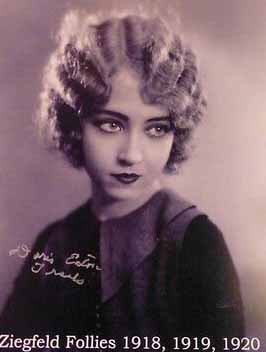
"The telephone conversation went back and forth . . . and finally, he said, 'I think I
should meet you first, then I'd know whether I want to take the lesson or not,' " she
recalls of the man who became her second husband.
Travis's 18 dance studios saw their greatest success after the Second World War, as the
parents of baby boomers took advantage of newfound prosperity and made time to enjoy a
weekly night out for dancing.
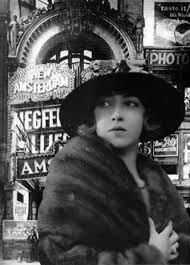
Rock 'n' roll scotched Travis's second career as surely as the Depression brought an end
to her first. Nobody wanted to do the two-step when they could do The Twist, and by 1968
she had closed all her studios.
That year, Paul Travis purchased a ranch in Norman to breed quarter horses, one of his
passions, and Doris's brother Charlie moved in with the couple. But the love of dancing
never waned and the couple eventually began going to the University of Oklahoma University
Club, where they found a new group of social dance lovers and encouragement for Doris
Eaton Travis to complete her education, which she had given up to be a performer.
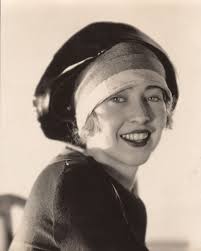
Paul Travis died in 2000, a few days before his 100th birthday. When her brother Charlie
died last year, Travis said she was alone for the first time in her life.
"It's kind of sad to be the last of the Eatons," says Travis, who never had children.
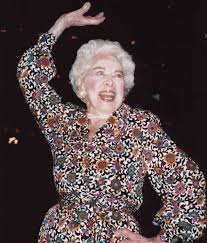
"But here I am."
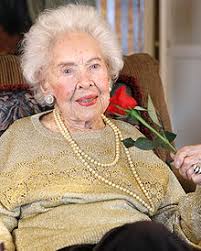
Books:
The Days We Danced: The Story of My Theatrical Family From Florenz Ziegfeld to Arthur Murray and Beyond
by Doris Eaton Travis
Century Girl: 100 Years in the Life of Doris Eaton Travis, Last Living Star of the Ziegfeld Follies
by Lauren Redniss
Note:
Doris Eaton Travis passed away on Tuesday, May 11, 2010 in Commerce Twp., Michigan at the age of 106.
Return to Dance Index